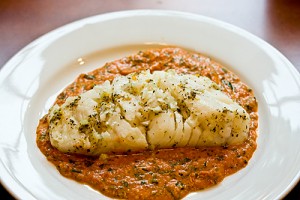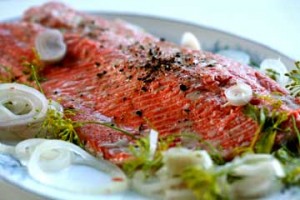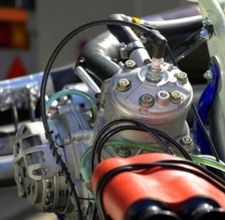Tuna with Flavorful Salsa
 If you enjoy foods with bright colors and bold flavors, then you’ve lucked out with today’s recipe for tuna with orange-pepper salsa. For this delectable dish you will need: 2 peeled and sliced navel oranges, 1 diced red bell pepper, ½ cup diced red onion, ¼ cup fresh mint leaves, 1 tablespoon red-wine vinegar, salt and ground pepper, vegetable oil, 4 tuna steaks, and 1 teaspoon ground coriander. To create the salsa, mix the oranges bell pepper, onion, mint and vinegar in a medium size bowl. Add salt and pepper to taste.
If you enjoy foods with bright colors and bold flavors, then you’ve lucked out with today’s recipe for tuna with orange-pepper salsa. For this delectable dish you will need: 2 peeled and sliced navel oranges, 1 diced red bell pepper, ½ cup diced red onion, ¼ cup fresh mint leaves, 1 tablespoon red-wine vinegar, salt and ground pepper, vegetable oil, 4 tuna steaks, and 1 teaspoon ground coriander. To create the salsa, mix the oranges bell pepper, onion, mint and vinegar in a medium size bowl. Add salt and pepper to taste.
Oil your grates and then turn the grill on high. Rub oil, coriander, salt and pepper into the tuna steaks. Cook the steaks until each side is browned on the edges, but still pink in the center. Remove the tuna steaks from the grill, place them on a plate, and top them with salsa. Before you head out to catch some tuna, be sure you’ve maintained your boat with Evinrude outboard oil.












